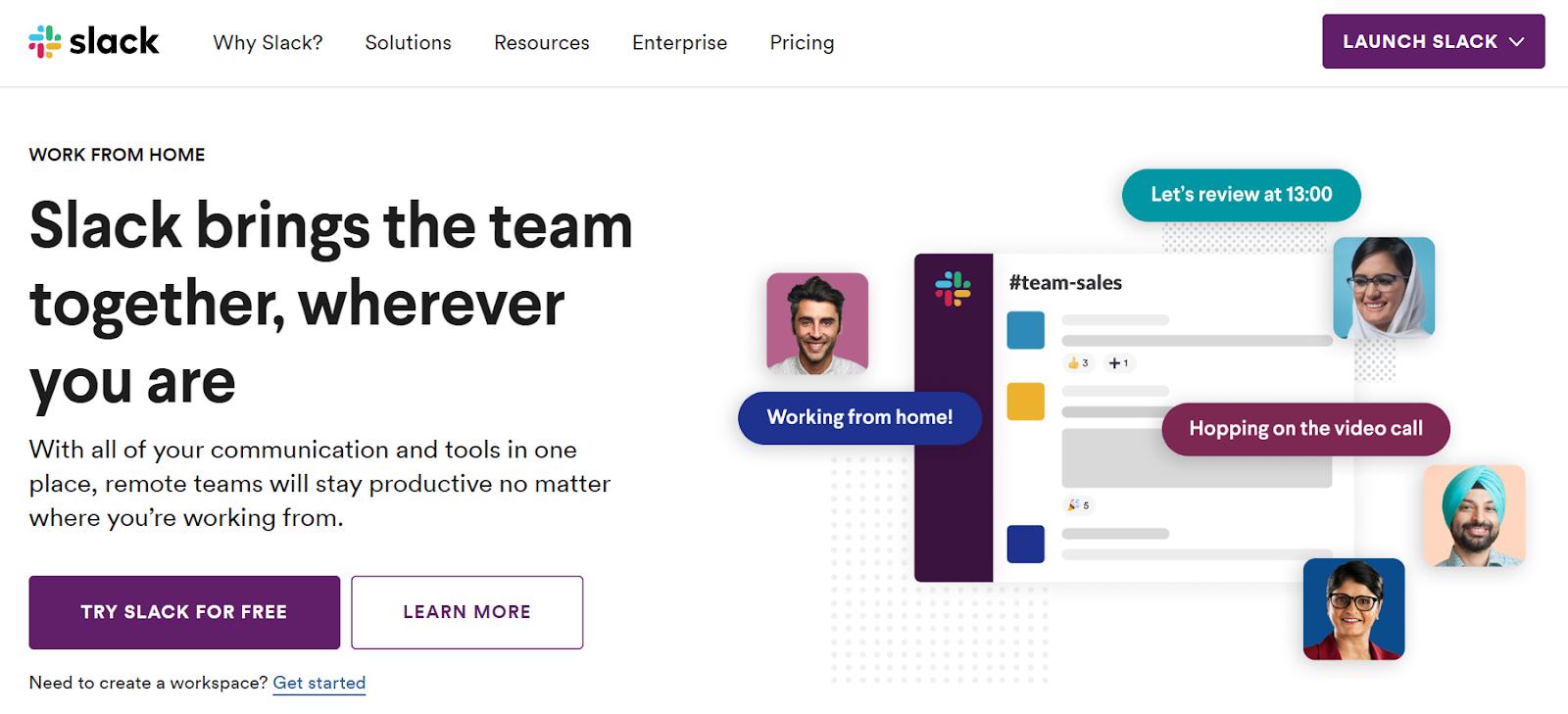Are you struggling to get the traffic you want to your website or planning to launch a new website?
Regardless of how new or old your website is, you need a strong SEO action plan to get more traffic to and conversions from your website.
In this post, you will find a simple five-step powerful SEO action plan to set you on the right track and ensure that you achieve your SEO goals. So, let’s get started.
1. Build a List of Target Keywords

Keywords and content are right at the center of any SEO strategy. This is where you need to start if you want to make a successful SEO plan for your website.
Start with the primary keywords that you want to target through your website. Use keyword research tools to dig deeper and find all relevant keywords related to your primary keywords.
While searching for keywords, you should also check for the user intent behind the search keywords.
Some keywords are merely informational, meaning people who search for these keywords are seeking information. Other keywords are transactional, this means that people searching for these are interested in buying a product or service.
You should select your keywords based on which category the users you are targeting are in. For a product/service page, for example, you should use transactional keywords. Similarly, for blog posts, you may want to use informational keywords.
You can also spy on your competitors to get more keyword ideas. Analyze their top-performing content and keywords and include those in your list.
Once you have an exhaustive keyword list, you can then move on to creating content. But, remember that you need to keep updating and expanding this list continually. Keyword research is not a one-time thing but is an ongoing process.
2. Create SEO-Friendly, Targeted Content

Each of your website’s landing pages should target a specific keyword. Your primary keyword could be related to your products, services, or brand.
For example, let’s say that you have a service company. You can create different landing pages for each of the services that you provide and each should be optimized for relevant keywords.
Similarly, for a blog, each post should have a primary keyword and a few related keywords and be optimized for those keywords.
Pro Tip: Include your primary keyword in your headings and subheadings to improve your chances of ranking for that keyword.
3. Choose the Right Website Design and Layout

This is an important aspect of any SEO action plan, regardless of whether you already have a website or plan to launch one.
A user-friendly website layout is extremely important for SEO, as it determines how much and for how long your website visitors stay on your website. Poor website design can make it difficult for users to navigate through your website and engage with your content. This may even cause them to leave your website without taking the desired action.
Therefore, you need to ensure that you select a simple, yet engaging website layout and design. Here are a few characteristics a well-designed website:
- Easy to navigate
- Visually appealing
- CTAs are clearly visible
- Has a mix of text, visuals, and white space
- Has scannable content
- Colors and font improve readability and are easy on the eyes
Here’s an example of a well-designed website—Slack.

The homepage has all the necessary information about the product, without being text-heavy. All important tabs are right at the top, making the site easy to navigate.
There is a good mix of text and visuals, even the colors are easy on the eyes and visually appealing. The CTA buttons are strategically placed and clearly visible.
4. Take Care of Technical SEO Aspects
Adding to the point above, there are some other factors that can affect user experience on your website. You might face issues like a high bounce rate even though you have chosen simple and engaging website design.
This could be because of slow page-load speed, distorted images when viewing on mobile, or other reasons. This is where technical SEO comes into play.
Here are some technical SEO aspects that you should consider:
- Make your website mobile-friendly
- Optimize your page-load speed
- Identify and remove crawl errors
- Use HTTPS to secure your website
- Identify and fix broken links
- Remove any duplicate content on your website
Fixing technical SEO issues will make it easier for users to navigate your website and take the desired action.
Also Read: SEO Basics: Redefined for 2020 & Beyond!
5. Build a High-Quality Backlink Profile
![]()
You cannot expect all of your traffic to come via organic search, even though more organic traffic is always desirable. You should build backlinks from authoritative websites and drive traffic from them to your website.
Guest posting on authoritative and relevant websites in your niche is a good way to do that. You can first impress the other website’s audience with your expertise and then strategically place a backlink to direct them to your website.
Other ways to build backlinks include:
- Interviews
- Podcasts and webinars
- Answering questions, participating in expert roundups
- Asking for links on any media mentions
- Answering questions on community forums like Quora
Apart from building backlinks, you also need to regularly audit your existing backlinks. This is required to see who is linking back to your website and if all the backlinks are relevant and from authoritative websites.
You can also use tools to analyze backlinks and find new link-building opportunities. Some of these tools can also help you analyze your competitors’ backlinks and find websites that you can target for link building.
Ready to Create a Powerful SEO Action Plan?
Use this post to formulate an effective SEO strategy for your website and achieve your marketing goals. Also, keep yourself updated about the latest SEO trends to further improve and expand your SEO action plan.
What are you waiting for? Get started on your SEO action plan for 2020 and get more traffic to your website.